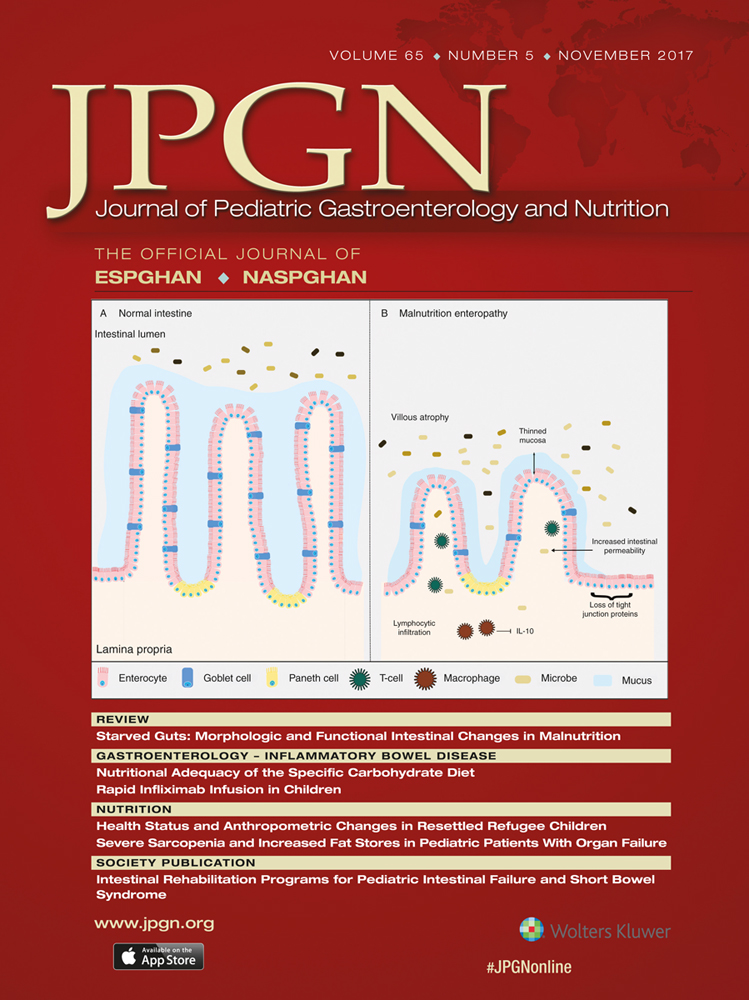Effectiveness of Double-balloon Enteroscopy-facilitated Polypectomy in Pediatric Patients With Peutz-Jeghers Syndrome
The authors report no conflicts of interest.
ABSTRACT
Sizable small-bowel (SB) polyps in Peutz-Jeghers syndrome (PJS) pose a high risk for intussusception, often necessitating laparotomy and intraoperative enteroscopy. This series examines the effectiveness of double-balloon enteroscopy (DBE) facilitated polypectomy for pediatric patients with PJS. Prospective analysis of collected data (6 years) on all patients with PJS referred for DBE-facilitated SB polypectomy at a pediatric tertiary-referral center. A total of 16 pediatric patients with PJS were referred for DBE-facilitated SB polypectomy. Twenty-two DBEs were performed. Large polyps (≥1 cm) were confirmed in 14 patients. Successful clearance of large SB polyps by DBE or laparoscopically assisted DBE (Lap-DBE) was achieved in all patients. One patient experienced post-Lap-DBE pelvic abscess. All other patients remained asymptomatic and intervention free throughout follow-up (median 26 months). This series demonstrates that DBE-facilitated polypectomy is an effective therapeutic option in pediatric patients with PJS. It should be considered at an early age where possible.




